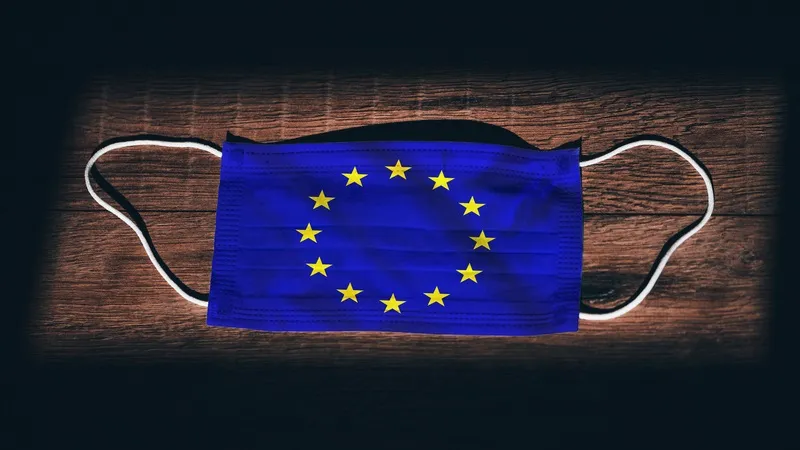The European Union (EU) will use US$831,000 from the Ten-T Programme to co-finance study on the creation of an intermodal hub in the Spanish region of Asturias. The aim is to foster intermodality and modal shift from road to other modes of transport.
The study, which was selected for funding under the 2012 TEN-T Annual Call, will support the construction of an intermodal hub located within the area of industrial and logistic activities of Asturias (ZALIA) near the Spanish cities of Aviles, Gijon and Ovie
November 12, 2013
Read time: 2 mins
The 1816 European Union (EU) will use US$831,000 from the Ten-T Programme to co-finance study on the creation of an intermodal hub in the Spanish region of Asturias. The aim is to foster intermodality and modal shift from road to other modes of transport.
The study, which was selected for funding under the 2012 TEN-T Annual Call, will support the construction of an intermodal hub located within the area of industrial and logistic activities of Asturias (ZALIA) near the Spanish cities of Aviles, Gijon and Oviedo.
The study will look at the design options for the hub, which, once in operation, aims to make the region the most important logistics area in northwest Spain.
The future intermodal station will facilitate process optimisation and favour synergies between customers and users, improving traffic efficiency and freight distribution between the areas connected by the Ten-T Network. It will improve port-to-port transport and develop SEA routes for the transport of freight entering and leaving the ports of Gijon and Aviles. It will increase the rail share in land freight transport and improve road/rail and rail/SEA transport and the logistic efficiency of freight transport.
The study will be monitored by the6025 Trans-European Transport Network Executive Agency (Ten-T EA) and is set to be completed by December 2015.
The study, which was selected for funding under the 2012 TEN-T Annual Call, will support the construction of an intermodal hub located within the area of industrial and logistic activities of Asturias (ZALIA) near the Spanish cities of Aviles, Gijon and Oviedo.
The study will look at the design options for the hub, which, once in operation, aims to make the region the most important logistics area in northwest Spain.
The future intermodal station will facilitate process optimisation and favour synergies between customers and users, improving traffic efficiency and freight distribution between the areas connected by the Ten-T Network. It will improve port-to-port transport and develop SEA routes for the transport of freight entering and leaving the ports of Gijon and Aviles. It will increase the rail share in land freight transport and improve road/rail and rail/SEA transport and the logistic efficiency of freight transport.
The study will be monitored by the









